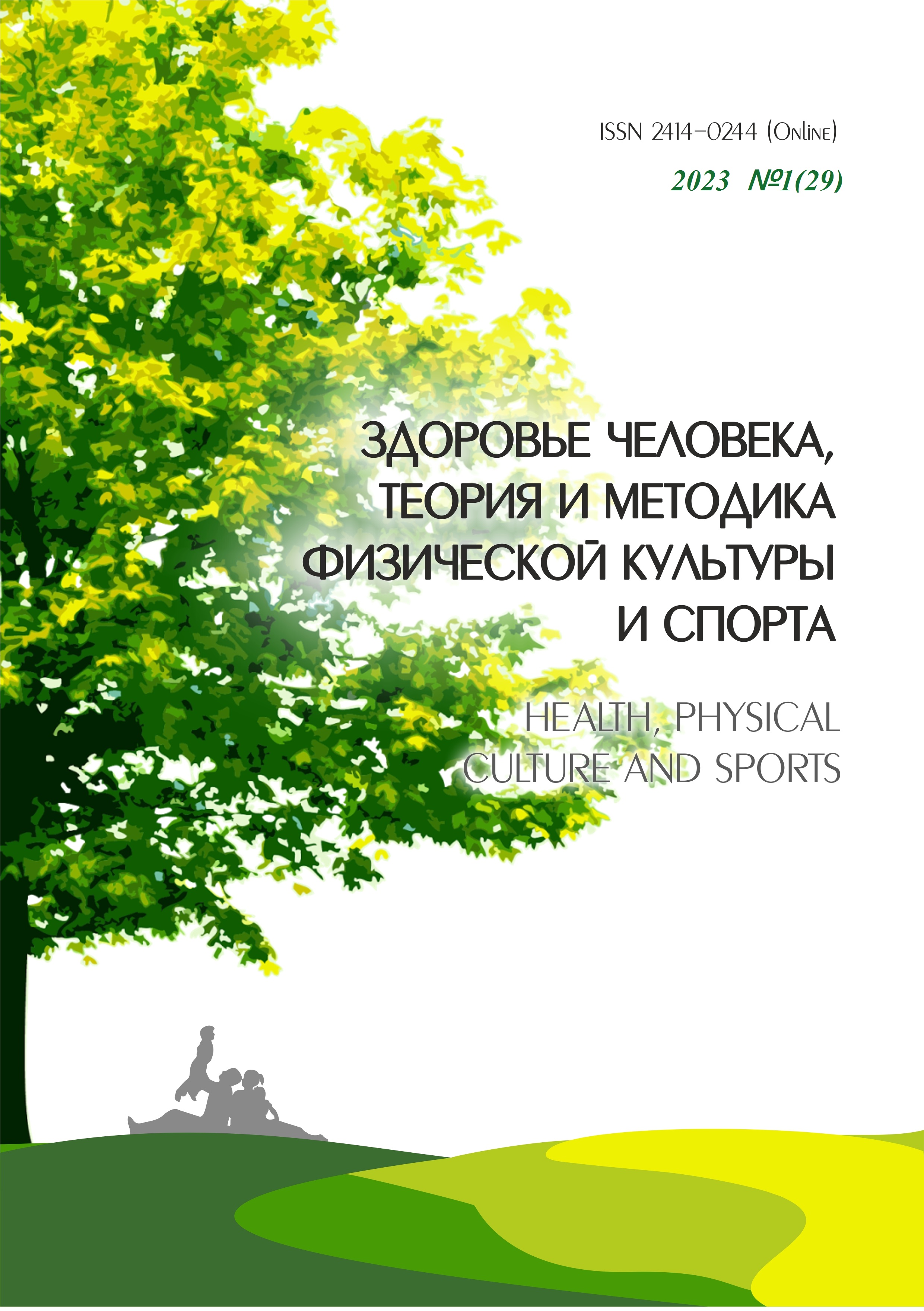OPTIMIZED COMPOSITION OF A DRINK FROM CARROT, RED BEET AND RED APPLE
Abstract
Raw materials carrot, red beet and red apple, rich in biologically active compounds and secondary metabolites (polyphenols), were studied to participate in the development of experimental samples of vegetable-based beverages.Model test samples of mono-component, two-component and multi-component drinks from the listed raw materials were developed by cold pressing. Characterization of the developed test samples was carried out on the basis of the physicochemical, sensory and spectral tests carried out on the day of their receipt. As a result of the obtained mathematical models for the content of total polyphenols, antioxidant capacity, evaluated by determining the radical scavenging ability (DPPH-test) and sensory evaluation, the composition of developed trial samples of vegetable-based drinks was optimized and the following composition was recommended: carrot drink — 50 %, red beet — from 75 to 100 % andred apple — from 0 to 40 %.
Downloads
References
Brand-Williams, W., Cuvelier, M., Berst, C. (1995). Use of a free radical method to evaluate antioxidant activity. Lebensmittel Wissenschaft and Technologie, 28, 25–30.
De Ketelaere, B., Goos, P., & Brijs, K. (2011). A predetermined combination of factors in the optimal design of experiments with variable mixture processes. Food Quality and Preference, 22 (7), 661–670.
Matsuura, FCAU, Folegatti, MID, Cardoso, L., & Ferreira, DC (2004). Sensory intake of mixed nectar from papaya, passion fruit and acerola. Scientia Agricola, 61 (6), 604–608.
Singleton, V., Rossi, J., (1965). Colorimetry of total phenolics with phosphomolybdic — phosphotungstic acid reagents. American Journal of Enology and Viticulture (50): 3828–3834.
Sobhana, A., Mathew, Ambili Appukutan, J., & Mredhula Raghavan, C. (2015). Mixing apple cashew juice with fruit juices and spices to improve nutritional and taste qualities. Acta Horticulturae, 1080 (1), 369–375.
Souza, VR, Pereira, PAP, Pinheiro, ACM, Nunes, CA, Silva, TLT, Borges, SV and Queiroz, F. (2012). Multiple approaches to optimize intake: optimize Brazilian Cerrado fruit jam using blend design and parallel factor analysis. Journal of Sensory Research, 27 (6), 417–424
Tahmouzi, S. (2016). Optimizing the Oxidative Stability, Color, and Sensory Properties of Raw (Nitrite-Free) Asian Hot Dogs (Jigo) Using the Surface Reaction Methodology (RSM). Journal of Food Science and Technology, 53 (1), 381–390. PMid: 26787957.
Zotarelli, MF, Zanatta, CL, Clemente, E. (2008). Avaliação de geleias mistas de goiaba e maracujá. Revista Ceres, 55 (6), 562–567.
Copyright (c) 2023 Health, physical culture and sports

This work is licensed under a Creative Commons Attribution-NonCommercial 4.0 International License.
An author should not normally publish manuscripts describing essentially the same research in multiple journals or publication venues. Such redundant publication is generally considered to constitute unethical publishing behavior, and if discovered may result in a manuscript under consideration being rejected, or a published article being retracted.
Authors of manuscripts reporting on original research should present an accurate account of the work performed, accompanied by an objective discussion of its significance. Underlying data should be represented accurately in the manuscript. The manuscript should contain sufficient detail and references to permit others to replicate the work. The fabrication of results and the making of fraudulent or knowingly inaccurate statements constitute unethical behavior and may be cause for rejection or retraction of a manuscript or published article.





